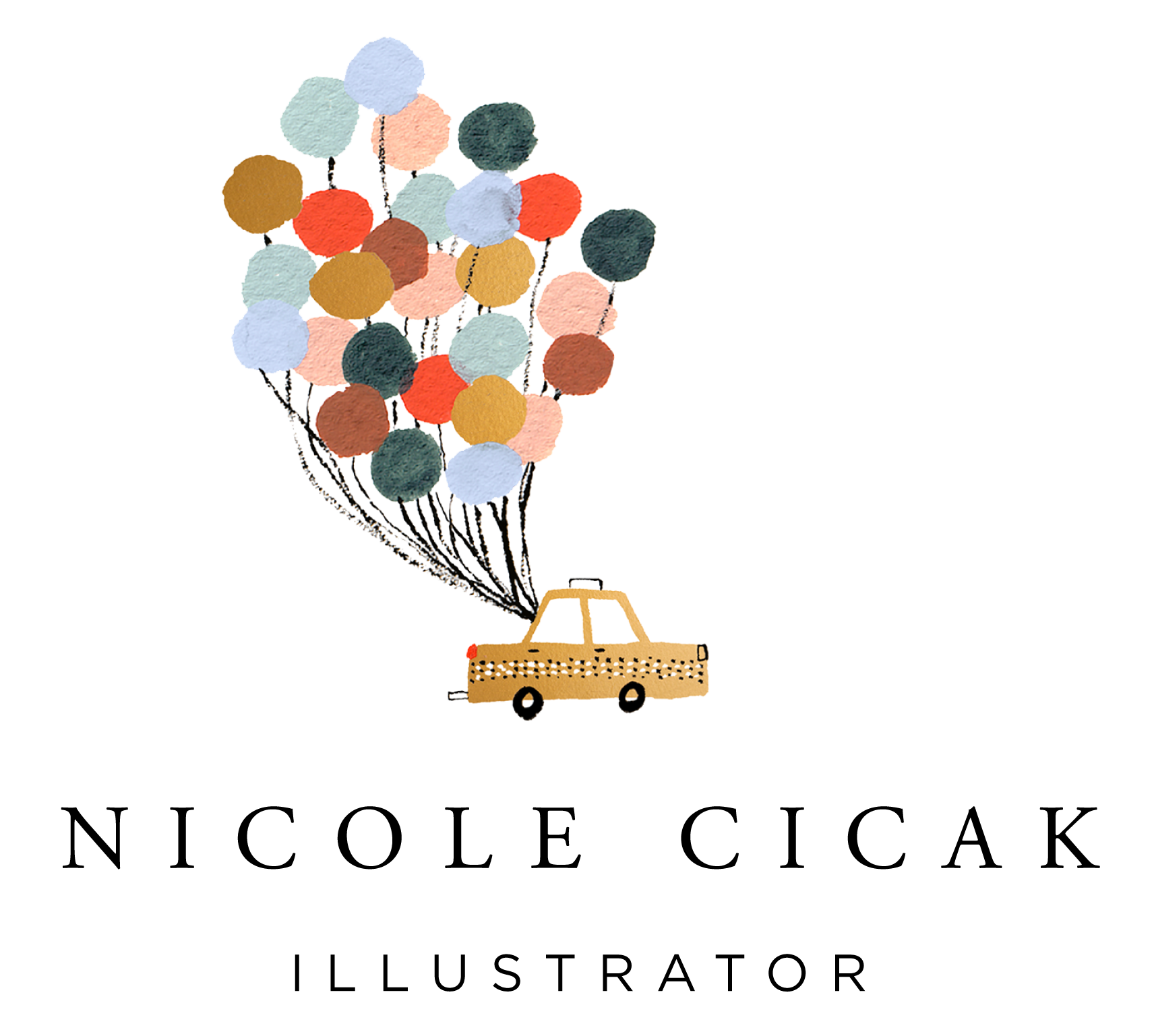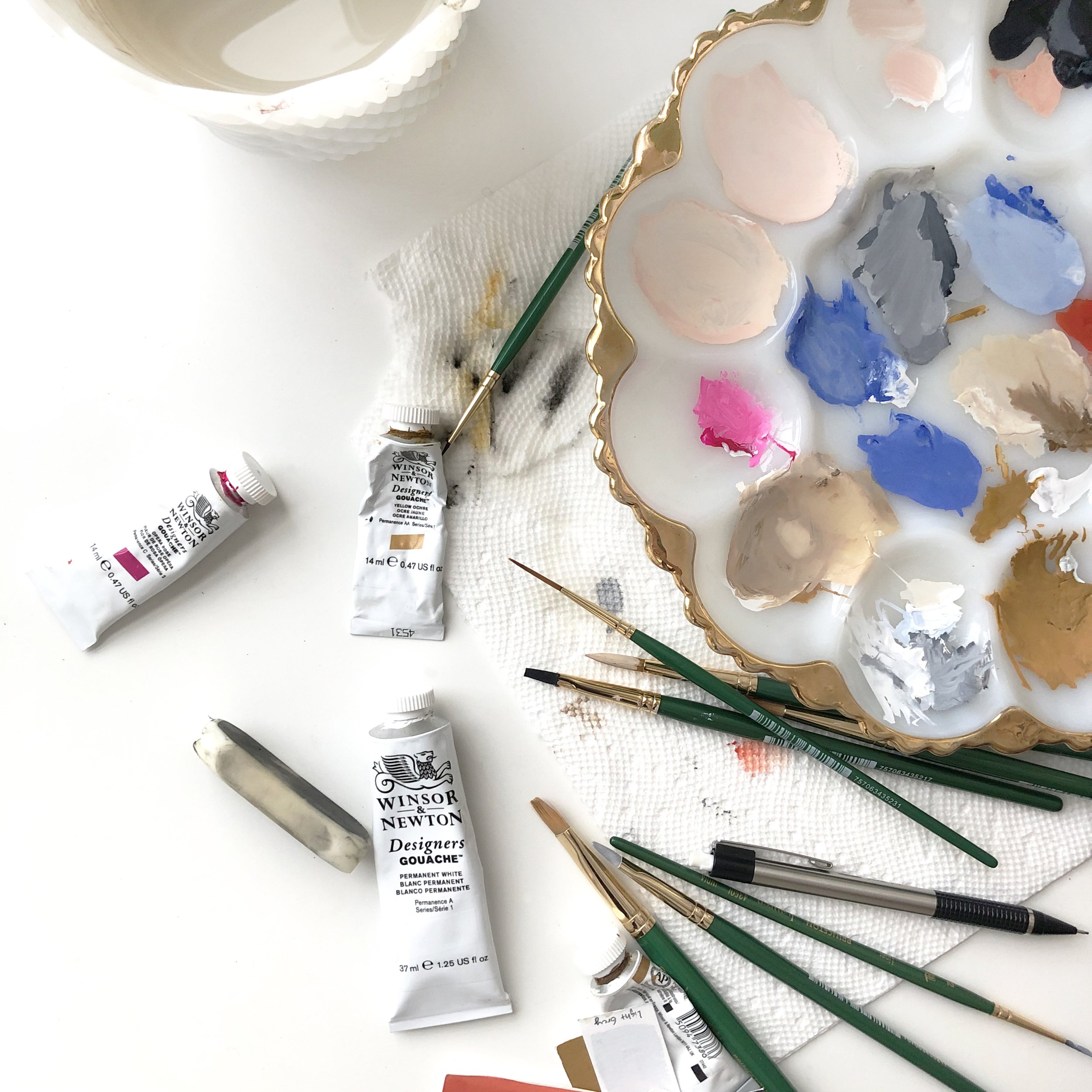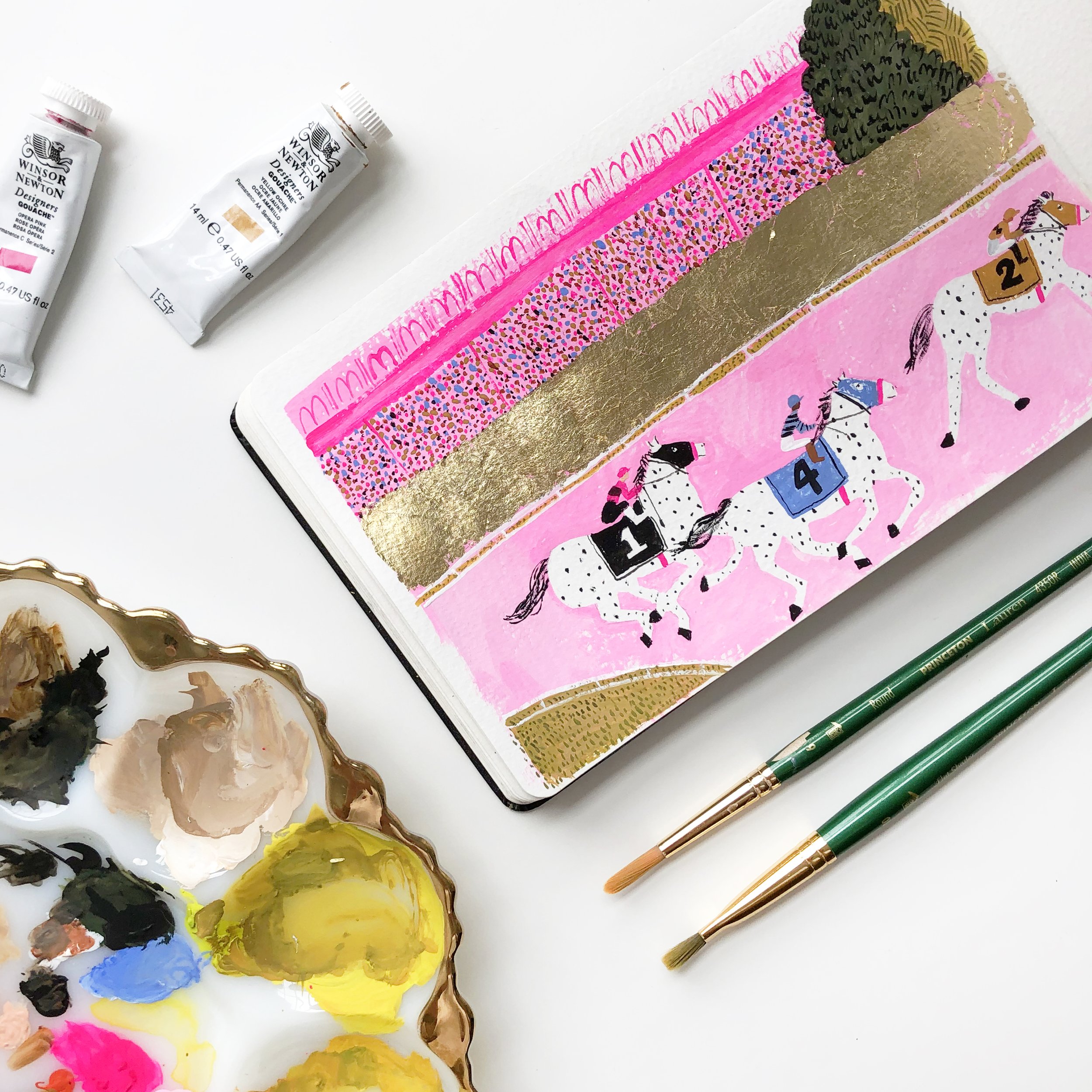10 Tips to Make Your Art Habit Stick in 2022
If you’re a regular here, you’re probably either an artist who practices regularly, or one who wants to make more art. Let’s be honest, we’d all love to make more art.
Why is it beneficial to make more art? Well, I can name many reasons. My main reason is happiness. Once I learned to conquer my art demons, I discovered how much joy it brings to my life. It’s gotten me through dark times, and has become a form of meditation to me. When I’m in the zone making art, all my worries seem to fade. It gives my life purpose and meaning. I love the challenge of improving my skills through practice. Growing up, my mom would often observe that I seemed more happy and balanced when I was creating regularly. Mother knows best.
So, if making art has all these benefits, why does feel impossible some days? In my mid-twenties, I struggled to make art. The idea of sitting down to paint felt more difficult than scaling a skyscraper. What I’ve come to learn is that the most important things in life often feel this way. Our ego doesn’t like the idea of us being too happy or successful. That good old resistance rears its ugly head when we do anything outside our normal routine, even if it’s good for us. As Steven Pressfield brilliantly puts it in his book The War of Art,
“Are you paralyzed with fear? That’s a good sign. Fear is good. Like self-doubt, fear is an indicator. Fear tells us what we have to do. Remember one rule of thumb: the more scared we are of a work or calling, the more sure we can be that we have to do it.”
He also wisely goes on to say,
“The most important thing about art is to work. Nothing else matters except sitting down every day and trying.”
After years of struggling to make art, and reading books on habit formation, I’ve developed some tricks to make the habit stick. Below are the reasons I picked up my paints again in 2015, and have been making art regularly ever since.
1. Start the Year with A Series
I only picked up this habit last year, and I can’t recommend it enough. A 30 day series is great for two reasons - confidence and habit formation. If you start the year with a 30 days series, you’ll see what you’re really capable of. Chances are, you’re more skilled than you think. A series is always difficult at first, similar to starting a new workout. However, after the first week, you’ll become more secure in your art. The rest of the year, it will feel less scary to sit down and do the work. Also, 30 days is enough time to form a pretty solid habit. By the way, if you’re reading this article real time, I’m doing a #30homeobjects series on Instagram. It’s not too late to paint along with me and join in the fun!
Announcing My 30 Day Illustration Series in January | My 31 Day Mini Painting Series | My Character Illustration Series
2. Set Up a Designated Art Space
Give yourself this gift - whether it’s a tiny desk in the corner of your living room, or a bedroom in your house. Giving yourself space to work will make you feel validated as an artist. It will also make art feel easier. Your tools will be where you can find them, and you’ll have a clear surface to sit down and work whenever you can. Often we don’t make art because of setup time, and this is the easiest solve. As an additional benefit, you’ll be reminded to work every time you walk past your space. I recommend setting up your desk near a window with natural light. Also, hanging some of your favorite paintings on a cork board above your desk is a great way to remind yourself how talented you are.
What Makes an Art Studio Great | Art Studio Organization Hacks | My Studio Essentials
3. Leave Your Tools Out
This goes hand-in-hand with my last tip. However, this advice is more about how you design your workspace. A good portion of you worktop should be clean to work. However, it helps to have your paints and brushes in containers where you can see them. Have paper towels at the ready too. In the morning, I like to set out a water cup, palette, and paper as a promise to myself that I will sit down and create that day. If your tools are already out, it’s hard to find excuses not to create.
4. Develop a Ritual
Sometimes, making art just doesn’t sound fun. No matter what, you just can’t sit down and do the work. This is why I like to have a ritual. It’s a series of actions I go through to bribe myself into sitting down to paint. First, I pour myself a yummy drink. Then, I shut my studio door, light a candle, put music on, and get my studio lighting just right. By the time I’ve done all these things, I feel coaxed into painting. I’ve never once decided not to paint after doing this ritual. Your ritual can be anything. Just make sure it includes things you really enjoy - even if it’s eating a bowl of ice cream while you paint.
5. Connect with Other Artists
Making art can feel isolating. If you’re like me, you may have just a few creative people in your life. That’s why it’s so important to connect with other artists - whether online or in person. If you’re going through a creative slump, it’s great to talk to someone who gets it. By talking to other artists, you’ll realize we all have the same struggles, no matter how well-known the artist. I’ve had so many breakthrough conversations with other artists, because they know what I’m going through, and can offer a fresh perspective on my work.
6. Study Art
Besides connecting with artists directly, it can be helpful to immerse yourself in the art world through courses, documentaries, and books. View my reading list here. By learning about other artists and techniques, I usually walk away with a fresh perspective on my own work. Doing these things helps me gain a better understanding of the art world in general and makes me feel less alone in my work.
7. Tack Your Art Habit onto Another Habit
This is habit formation 101. If you’re trying to start a new habit, try doing it after an existing habit. For instance, if you make a cup of coffee every morning, sit down and create for 30 minutes after that. Or, maybe you’re a night owl, and you can make art after your nightly TV shows. Habits are much sticker when approached in this way. My time to make art is in the afternoon, usually after lunch and yoga.
8. Keep Your Work Small
Small is mighty. A lot of artists don’t make art because they feel there isn’t enough time. If this is you, maybe your pieces are too ambitious. Sometimes large artworks can feel hard to tackle, making the habit more difficult. When I first got back into making art, I would make 5x7 paintings or smaller. That was all I was capable of at the time. If I pushed myself harder, I probably would have quit all together. By creating small, you’re focusing on the habit itself and not what you’re outputting. To this day, I prefer working smaller and I have no shame in that, as long as I keep painting.
9. Illustrate What You’re Comfortable With
This is the same rationale for keeping your art small. When creating feels tough or uncomfortable, yo may be biting off more than you can chew. If you don’t like painting people (like me), don’t paint people. Paint what’s fun for you to paint. You don’t get bonus points for painting something more difficult. Most people have no idea what you find difficult. Your work won’t be impressive just because you chose a subject matter you’re uncomfortable with. I avoided painting people for a good 4 years after I got back into painting. It was just too overwhelming for me. I attribute this decision to why my art habit stuck.
10. Keep a Running List of Things to Illustrate
This is my prescription for writers block. Sometimes we sit down, and then we just don’t know what to create. Keep a small journal in your pocket or a list on your phone of things you want to paint. Add to the list immediately as you think of things. Once you’ve painted that thing, cross it off the list. Even when going into a 30 day series, I make a list beforehand. It’s unreasonable to expect fresh ideas on the fly every day. By keeping a list, you’ll never run out of subject matters and you’ll always be ready for your next painting.
10 Things to Paint When You’re Out of Ideas | 30 Sketchbook Prompts to Kickstart Creativity




















Thanks for stopping by! I’m an illustrator & writer. I’ve been running my own creative business since 2015. My mission is to help artists find their unique creative voice, build positive habits, and do what they love for a living.